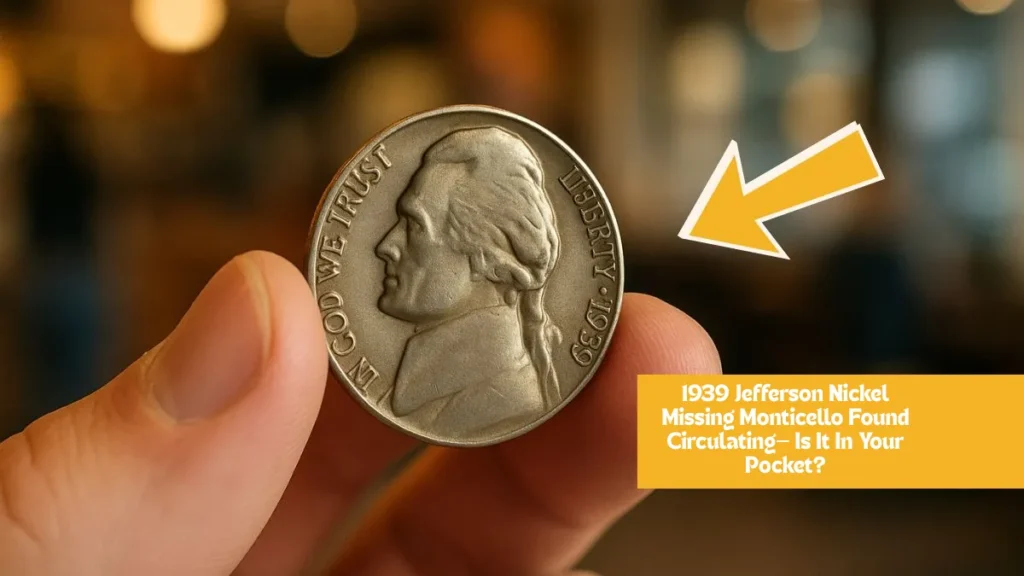In a twist of fate that’s capturing national attention, a rare 1943 penny once destined for the melting pot is now making headlines for a very different reason — it’s changing lives.
A unique 1943 Lincoln penny, made from bronze rather than the steel typically issued during World War II, almost met its end in a scrap metal pile. Luckily, a vigilant collector recognized its rarity, saving it from destruction. Since then, this rare coin’s story and impact continue to unfold in remarkable ways.
The Mistaken Metal
During 1943, to conserve copper for the war effort, the U.S. Mint produced pennies using zinc-coated steel instead of the usual copper alloy. However, a small number of bronze planchets, which were the metal blanks used before the war, mistakenly entered the production process. This error led to the creation of a handful of bronze Lincoln pennies dated 1943 — coins that technically shouldn’t exist.
Experts estimate that fewer than 20 of these bronze pennies were ever made, and even fewer have been found. Their scarcity has driven their value to extraordinary heights, with some examples fetching over $1 million at auctions.
A Close Call with Destruction
One particular 1943 bronze penny was nearly lost forever in a bucket filled with scrap metal and old coins in Pennsylvania. It belonged to a late grandfather who had a passion for collecting coins and tokens for many years. After his death, his family was clearing out his possessions and planned to sell the collection for scrap.
“We were going to recycle everything as scrap,” explained Susan Allen, the granddaughter of the collector. “But this penny looked different somehow.”
Her son, a high schooler interested in coin collecting, insisted they take a closer look. A quick online search and a visit to a coin dealer confirmed their hopes: the penny was authentic and extremely valuable.
A Life-Changing Discovery
The family decided to auction the coin through a major U.S. numismatic auction house. It sold for an astonishing $1.75 million.
Instead of keeping the entire amount, the Allens chose to honor their grandfather’s memory—a World War II veteran and retired teacher—by setting up a scholarship fund. The fund supports underprivileged students who want to study history or public service.
“This coin deserved to do more than just sit in a display,” said Susan. “It represents sacrifice and strength from a tough era. We want to use it to help the next generation succeed.”
Why This Coin Matters
Stories like this go beyond coin collecting—they show how historical items can connect past and present. A simple penny, often overlooked as mere change, became a symbol linking a family’s heritage to future opportunities.
Experts believe a few 1943 bronze pennies might still be hidden among ordinary coins in homes and collections. Though rare, discoveries like this remind us that forgotten treasures could be found in the most unlikely places.
Also Read: A Rare Error Made This Coin Unbelievably Valuable — Only 3 Known in the World
Final Thoughts
What might have been melted down for scrap has instead become a source of hope, preserving history and inspiring curiosity nationwide. The tale of the 1943 bronze penny that nearly vanished serves as a powerful lesson: sometimes, the smallest things hold the greatest value — and not just financially.
FAQs
Q: Why are 1943 bronze pennies so rare?
A: Because in 1943, most pennies were made from steel due to copper conservation during WWII. Only a few bronze planchets accidentally entered production, making these coins extremely scarce.
Q: How much can a 1943 bronze penny be worth?
A: Depending on condition, some 1943 bronze pennies have sold for over $1 million at auctions.
Q: How can I tell if I have a 1943 bronze penny?
A: Unlike the common steel pennies, bronze pennies have a copper color. If you find a 1943 penny that looks copper instead of silver-gray, it could be valuable and should be checked by a professional.
Q: What happened to the family who found the penny?
A: They auctioned it for $1.75 million and created a scholarship fund in their grandfather’s name to help students studying history and public service.
